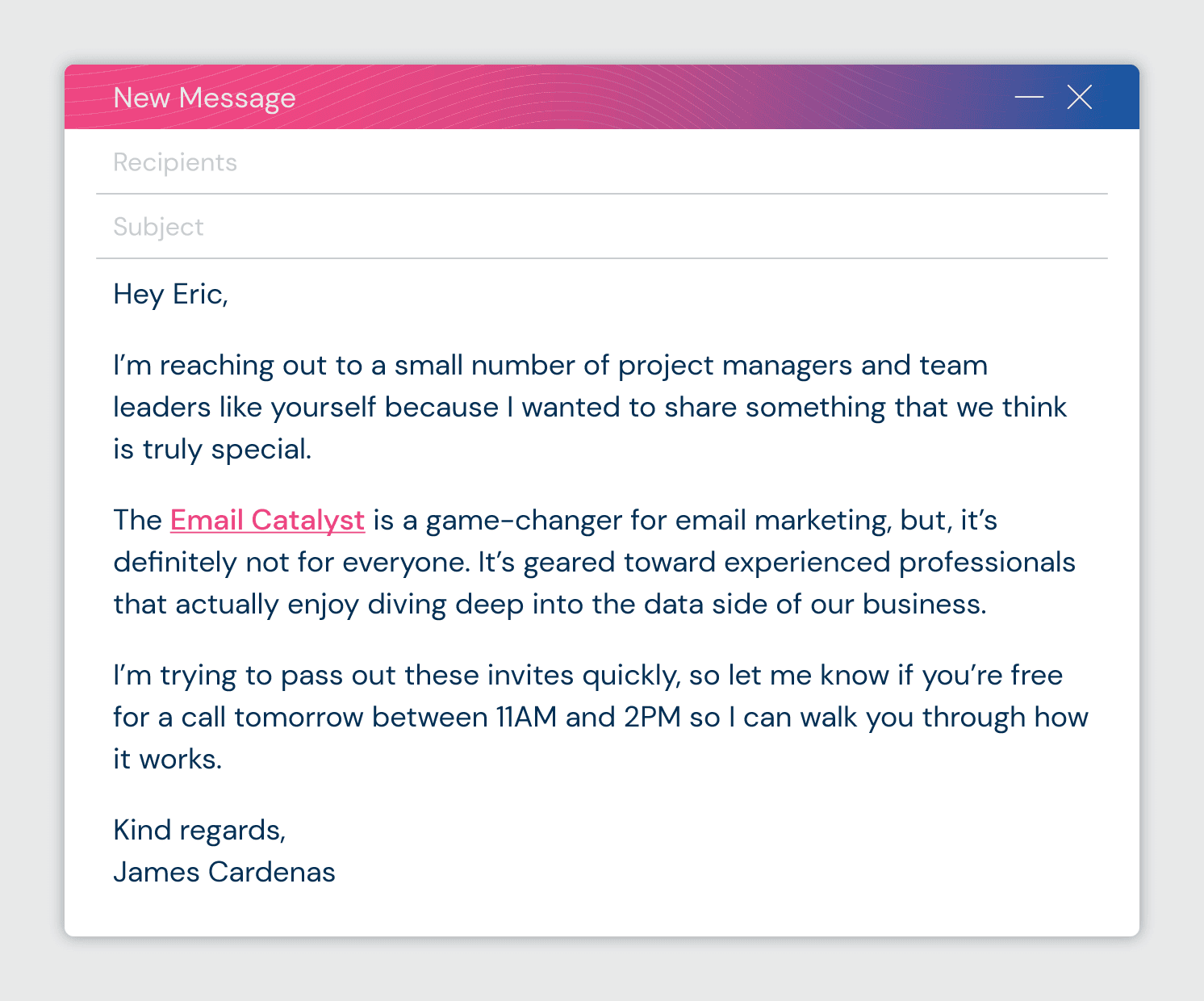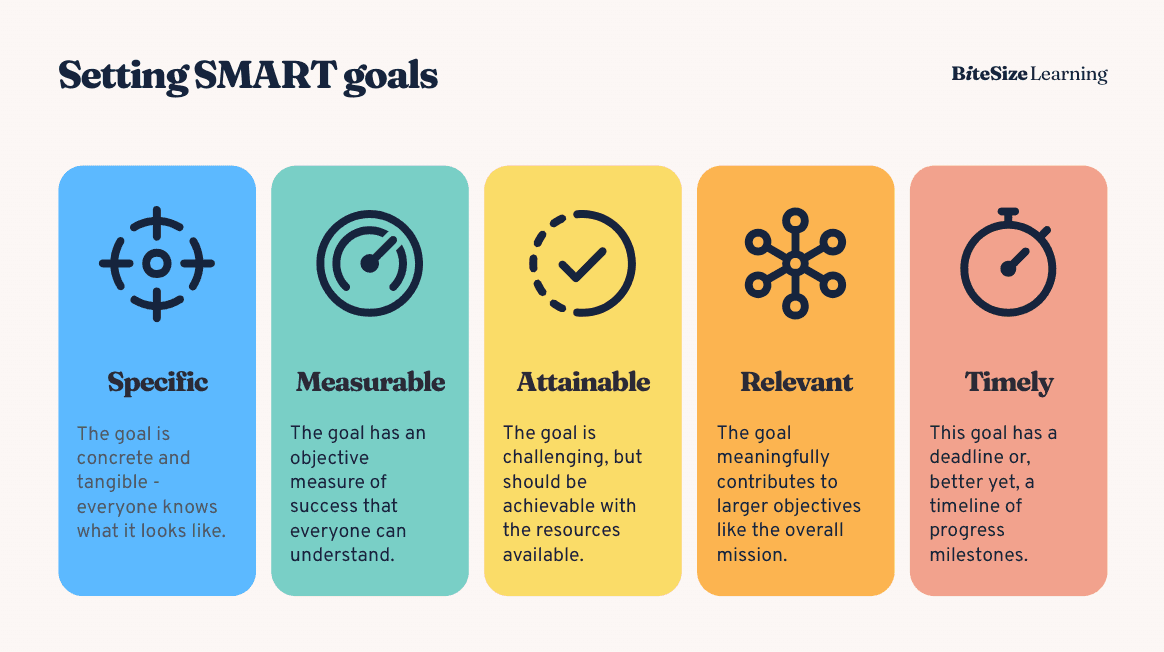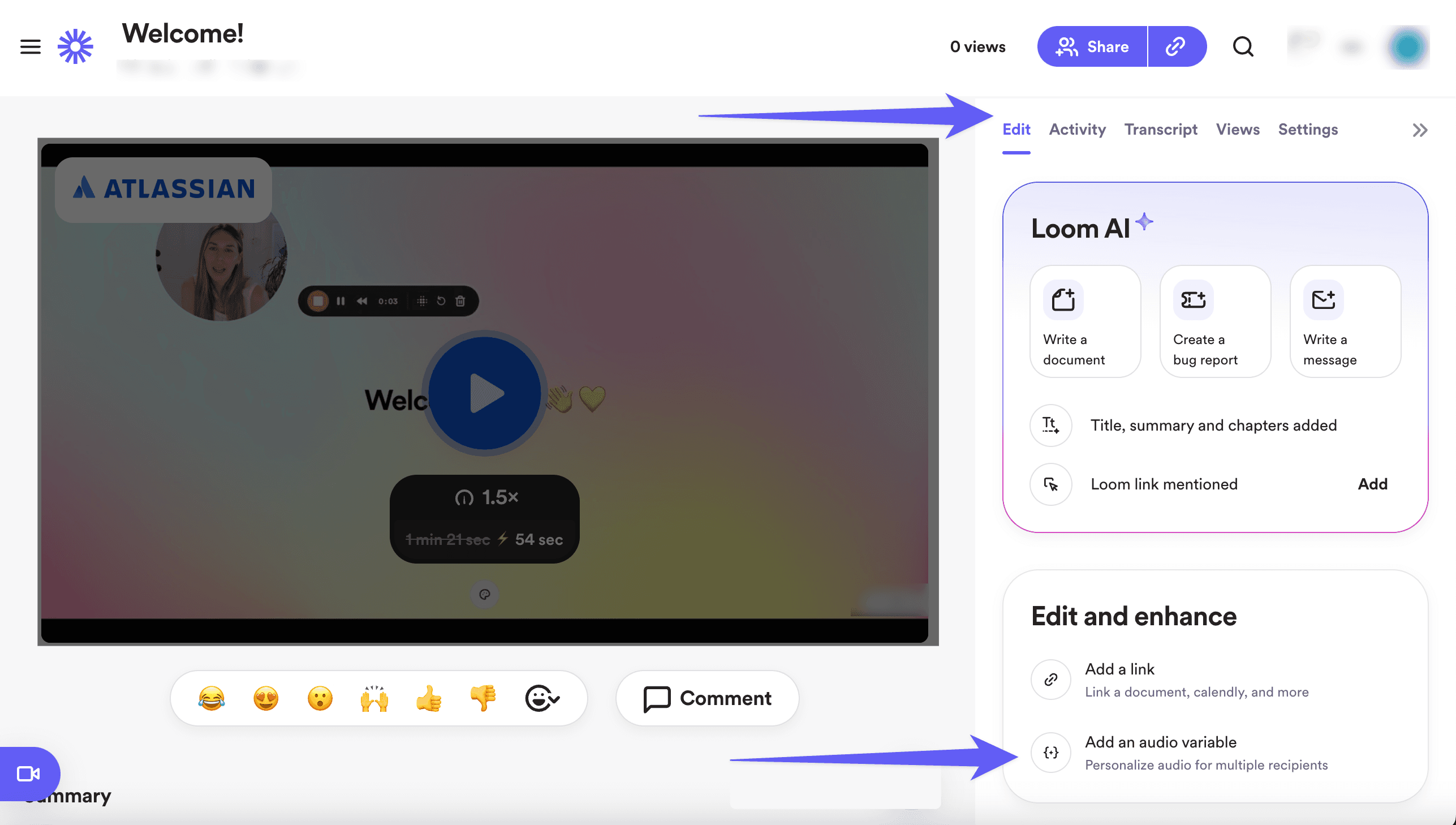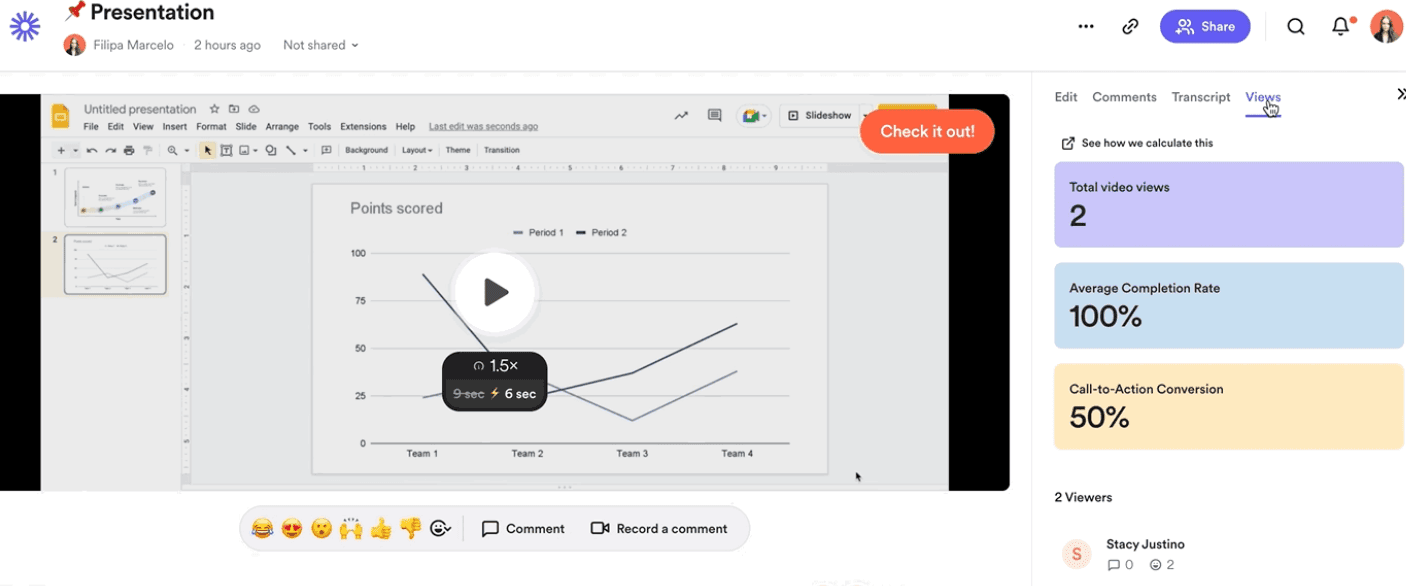Closing deals and generating revenue without an effective sales strategy is like being asked to drive a car while blindfolded—it’s dangerous and unlikely to succeed.
Picture this: Your sales team is trying to keep pace with rapidly changing customer demands, navigate complex decision-making processes, and deal with increasing competition. You want to be able to address every item, but there is no playbook for setting goals and defining a path to success. Well, until now
This guide will deliver tips for building a successful sales strategy in 2025 and beyond and showcase the tools you need to facilitate it.
Types of sales strategy
There’s no one-size-fits-all approach to sales, but first, you must figure out who you’re selling to. Only then can you identify the best way to sell to them.
A good sales strategy answers the following questions:
Who is your target audience, and how will you reach them?
What specific value does your product offer them?
What are the steps necessary to convert leads into customers?
Which methods will you use to retain and upsell customers?
In essence, it’s about finding the best way to connect your solutions with people who need them, when they need them, to drive consistent revenue growth.
Most organizations segment their sales strategy into two main categories: inbound and outbound. Finding the right balance between different methodologies will help you generate the necessary sales pipeline.
Inbound sales strategy
Inbound sales refer to sales frameworks where your prospects come to you—whether it’s through value-driven content like blogs, videos, and webinars; your social media channels; or any other path a lead follows instead of you approaching the lead.
Inbound is a long-term strategy that nurtures prospects over time. Whether they’re in the awareness stage and stumble across a post on your LinkedIn profile or are in the consideration stage and actively want to evaluate your solution, they’re coming to you because your brand has piqued their interest.
Outbound sales strategy
Outbound sales, on the other hand, involve actively reaching out to prospects through cold calls, paid ads, emails, or social media outreach.
This approach is about getting in front of potential customers and convincing them that your product or service is worth their investment.
Over time, outbound has become a less attractive way of reaching out to prospects, as it’s easier to ignore messages from someone you don’t recognize. Still, you should dedicate resources to this sales method. It’s important to always personalize your outreach to further the connection with your potential customers. For example, don’t just send a templated version of an outreach email to 50 different prospects. Take the time to include the prospect’s name, title, company, and any other details that show them you care.
Tools like Loom help sales reps connect with prospects by including short, personalized videos in cold emails. Using Loom, salespeople can record videos on the spot, create instant links, and include their unique recordings in outreach.
Account-based sales strategy
Account-based sales focuses on targeting high-value clients with tailored sales presentations. It’s ideal for businesses with a smaller number of high-ticket accounts that can take the time to understand each of their prospect’s needs deeply. This strategy and consultative sales can be effective for SaaS sales at the enterprise level.

Account-based approaches are also popular for marketing teams. An account-based marketing strategy involves creating content, messaging, and campaigns that speak directly to your top prospects and where they are in their buyer’s journey.
Account-based sales are particularly effective because they’re about more than just advertising a product. They’re about gaining a rich understanding of your customer’s needs and using that to build a meaningful relationship.
Consultative sales strategy
In consultative selling, also known as social selling, the sales professional acts as an advisor rather than a traditional sales rep. They focus on understanding the customer’s pain points and offering customized solutions rather than pushing for a quick sale.
A consultative approach relies heavily on relationship building, associated with longer sales cycles for high-value deals. It requires you to be an expert in not only your product, but your entire field. So, while it may take longer for you to become a consultative salesperson, it typically means that these advisor-advisee relationships you’re building will last for years to come.
5 steps to building a successful sales strategy
Here’s where to start when developing a structured and thoughtful sales plan:
1. Formulate clear goals
If you don’t have an end destination in mind, how do you know which direction you’re going?
You don’t, which is why setting goals is the first thing you need to do to identify what success looks like for your sales team. Are you focused on increasing revenue, expanding your customer base, or improving retention rates? Before you start selling, you need a strategy and an outcome locked in.
Use the SMART (Specific, Measurable, Achievable, Relevant, Time-bound) framework to set realistic sales goals your team can refer back to.

Some examples of SMART goals are:
Increase revenue by 15% over the next 12 months
Shorten the sales cycle by 20%
Achieve a 10% conversion rate on inbound leads
You can set goals by team member or on a team-wide basis, by month, quarter, or year. Figure out the cadence and organization that works best for you.
2. Develop ideal customer profiles (ICPs)
Once you have goals for where you want to be, it’s time to figure out how you get there.
That all starts with your customer.
Understanding your target audience is vital. Create detailed ideal customer profiles, or ICPs, to define who your top customers are and what makes them buy. Key aspects of an ICP include:
Industry and company size
Key demographics
Pain points and challenges
Decision-making process
You can tailor your messaging and outreach to resonate with them when you know exactly who you're selling to.
It’s best practice to refine your ICPs over time as you gather useful customer data from existing and new customers.

Pro tip: You can tailor the names and titles of prospects in your sales outreach at scale with Loom Variables.
3. Train your sales team
The ROI for sales training is 353%. For every dollar your company invests in training your sales team members, you can expect to receive about $4.53 back.
Training can take many different forms. It might mean giving your sales reps time to take certification courses during onboarding or gathering the team in person for a week-long workshop.
Regardless of your training program, it should help your sales team prepare to execute your strategy effectively. Invest in continuous training that helps them improve skills like:
Product knowledge
Communication and negotiation
Using digital tools
Pro tip: Leverage tools like Loom to enhance the training process. You can use Loom’s asynchronous video recording feature to create on-demand training materials for new hires or existing team members. Provide your teams with clear, visual instruction to make learning faster and more effective. Learn more about sales training videos and help your team reach their potential.
4. Generate leads via targeted marketing
To keep your sales pipeline full, you’ll need to generate qualified leads through targeted marketing efforts.
Start by setting a meeting to align with your marketing team to identify the most effective channels for sales prospecting—whether it’s cold emailing, social media, or paid ads. The goal is to target your ideal customer profiles and nurture new leads into interested prospects.
By dialing in your target audience, you’ll generate more qualified leads and increase your chances of closing deals. Personalized outreach using tools like Loom can be a valuable addition to your marketing strategy, making your messages stand out with tailored video content. Going the extra mile to record a personalized outreach video may be the difference between a legitimate lead and a dead end.
5. Measure sales activity and pivot as needed
No strategy is set in stone.
Tracking key performance indicators (KPIs) and metrics like conversion rates, lead response times, and pipeline velocity helps you understand what’s working—and what’s not.
Platforms with built-in analytics can give insights into how your team is performing and which touchpoints resonate with prospects. For example, customer relationship management systems (CRMs) like Salesforce provide metrics like customer acquisition cost (CAC) and sales cycle length to help you optimize sales team productivity.
Other key sales KPIs include:
Monthly sales growth: Calculated by subtracting sales for the previous month from sales for the current month and dividing that sum by the sales for the prior month. Multiply by 100 for a percentage.
Sales opportunities: The estimated value of a sale multiplied by the likelihood of its closing within a given timeframe.
Average purchase value: The total number of sales divided by the number of customers.

Loom’s Engagement Insights show you how viewers engage with your video, including your video’s call-to-action conversion rate, which can help your sales reps understand the efficacy of their outreach.
By regularly reviewing key metrics, you can pivot your approach as needed, ensuring your sales activity stays aligned with your overall business goals.
Is there a ‘most effective’ sales strategy?
While there’s no universal solution, many organizations find that a blend of inbound and outbound strategies works best. Inbound strategies create a steady flow of qualified leads, while outbound sales enable a more proactive approach, especially when targeting specific high-value prospects.
Incorporating tools like Loom into your sales process enhances both strategies by enabling you to send personalized messaging, address objections, and close deals more effectively.
If you’re interested in learning more about how inbound strategies can drive sales, check out this guide on inbound sales.
Key components of a forward-thinking sales strategy
Focusing on the following components will help you design the most effective sales strategy for your team:
Personalize your outreach: Prospects expect a tailored experience. Use tools like Loom to create personalized video messaging that directly addresses their pain points.
Nail key sales tactics: Establish a strategic sales email cadence to engage prospects without overwhelming them. Time your outreach for optimal impact—consider sending follow-up emails three to five days apart to maintain momentum while giving prospective customers room to respond.
Leverage automation: Automating tasks like follow-up emails, lead scoring, or setting up sales cadences can save time and boost productivity. Streamline routine actions so your sales team can focus on high-value activities.
Make data-driven decisions: Track key metrics like open rates, conversion rates, and response times within your sales cadence. Analyzing this data helps you adjust your approach and fine-tune your strategy for better results.
Focus on the customer: Always keep the customer’s needs at the core of your sales efforts. Consultative selling and solution-based approaches will help you build long-term relationships and trust.
Get the sales tools you need to facilitate a solid sales strategy
To stay competitive in 2025, sales teams need the right tools to streamline processes and foster better communication—this is where Loom comes in.
Loom’s screen recorder is a game-changer for modern sales teams. They can create quick, engaging videos that communicate more effectively than traditional emails. Whether recording product demos, personalized pitches, or walkthroughs, Loom videos deliver the right message at the right time.
Loom also streamlines communication and strengthens strategy within sales teams. Using Loom, teams can quickly share updates, insights, and feedback, helping everyone stay aligned and informed in a fast-paced market. With its screen recording and video analytics features, sales reps can also see how prospects engage with their content, allowing for real-time adjustments that improve conversion rates.
Revamp your sales strategy with Loom. Start strategizing how to use Loom for sales now.

